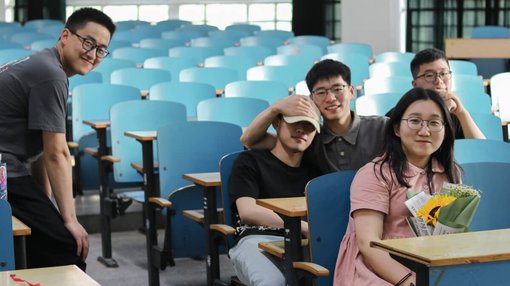Introduction: The Financial Reality
As China becomes a global education hub—especially for STEM—financing study remains a key challenge for international students. Local government‑subsidized loans typically serve citizens only, so overseas students must combine multiple funding sources. Start with our Comprehensive Application Guide, compare CSC Scholarship and other scholarships, and review living cost tips in Payment Guide.
Loan Landscape in China
Limited Local Options
China’s state‑subsidized loans primarily target domestic students. Major banks like ICBC typically restrict programs to Chinese citizens.
STEM Cost Profile
Engineering/technology programs at top universities can reach USD 5,000–40,000 per year, excluding living costs and lab fees. Use our Universities Explorer to compare options and cities.
Primary Loan Options
1) Bank of China Foreign Exchange Loans
Bank of China FX loans are among the few potentially accessible options on the mainland for internationals. Key parameters many branches cite:
- Loan currency: primarily USD (some branches pilot other currencies)
- Coverage: up to 90% of total cost (tuition + living)
- Term: usually 1–6 years, maximum around 10 years
- Interest: floating FX loan rates
- Grace period: up to 4 years while studying
- Guarantee: mortgage/pledge, third‑party guarantee, or insurance per risk review
Important: Many branches require a Chinese guarantor or on‑shore collateral, which makes this option viable mainly for students with local ties.
2) Home‑Country Education Loans
Explore banks and government schemes in your country. Typical examples our readers report success with:
For Indian students
- State Bank of India Education Loans
- HDFC Credila
- Axis Bank Education Loans
- Often recognize Chinese universities listed by home authorities
For Pakistani students
- HEC‑approved education financing
- National Bank of Pakistan Student Loan Scheme
- Admission typically must be to HEC‑recognized Chinese institutions
For African students
- Country‑specific development banks and regional schemes
- Frequently linked to bilateral agreements with China
3) International Private Lenders
Providers like MPOWER and Prodigy Finance currently focus on other destinations. Monitor for future China inclusion.
4) University Payment Plans & Financial Aid
- Installments: semester‑based plans (e.g., Tsinghua, PKU). Typical rules:
- Initial deposit around 30–50%
- No interest, but admin fees may apply
- Must maintain good academic standing
- Work‑study: up to 20 hrs/week; RMB 30–80/hr for living costs
- Emergency loans: short‑term RMB 10,000–20,000 for unexpected needs, often repayable within the academic year
Alternative Strategies
- Scholarship mixes: CSC, provincial (Shanghai/Beijing/Jiangsu), and university merit awards
- Crowdfunding/P2P: education platforms, diaspora and alumni networks
- Corporate sponsorships: internship pathways and post‑grad employment agreements (engineering/tech)
Application Strategies & Best Practices
Documents
- Admission letter, fee and cost breakdown
- Transcripts/certificates; passport/visa
- Proof of partial funding (if any); JW201/JW202 when applicable
Timeline
- 6–8 months: research loan sources
- 4–6 months: start applications
- 3 months: secure approvals
- 1 month: arrange transfers/payment logistics
Currency & Transfers
- Plan for FX fluctuations and 1–3% transfer fees
- Open a Chinese bank account after arrival; keep records for tax
Practical Tips for STEM Students
- Pick strong yet affordable cities/universities; consider second‑tier metros
- Seek lab fee waivers via RAships; leverage open‑source resources
- Use shared accommodation; apply for tech‑industry scholarships
- Build credit history; maintain academics; document finances; cultivate faculty relationships for recommendation letters
Recent Developments
Policy updates since 2024 signal growing support (mostly for domestic students). STEM‑talent visa pathways and the 2025 CSC expansion suggest more flexible arrangements at universities.
Resources & Support
- University International Student Offices: first stop for payment plans, work‑study, and emergency loans
- Embassy education sections: guidance on bilateral programs and recognized universities
- Online communities: connect with current/former students for lender experiences and templates
- Financial counseling services: many universities offer free planning sessions
Conclusion & Resources
Most internationals succeed with combined strategies: home‑country loans + scholarships + university plans + work‑study. Start early, stay flexible, and verify policies directly with institutions.
